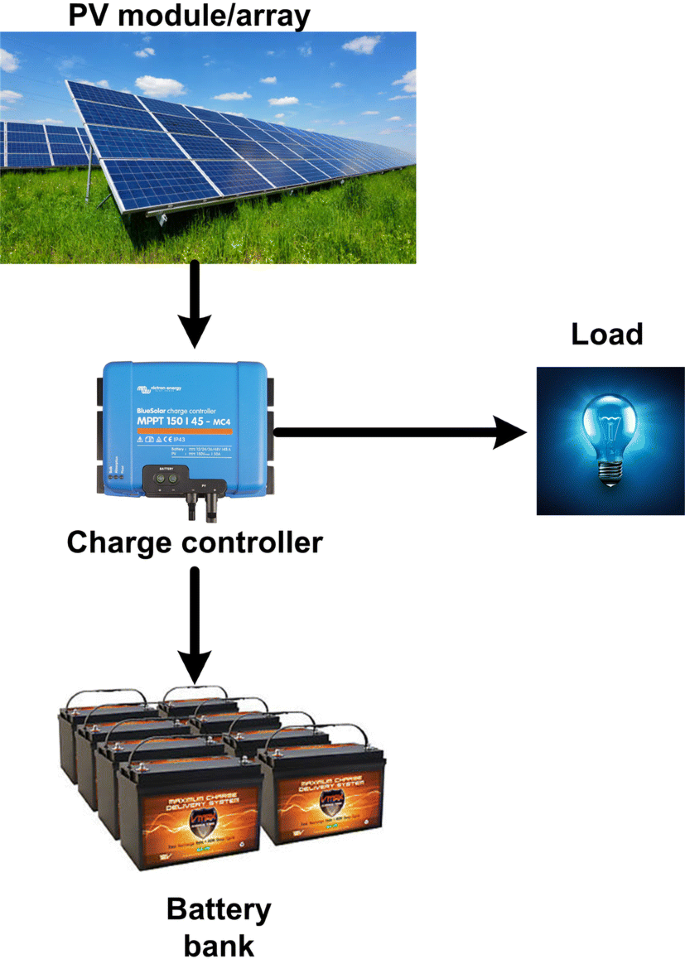They can also include wavelengths in the near infrared region up to 1200 nm.
Solar panel and light travel with wavelength.
This electromagnetic radiation is not visible to the human eye because it has a shorter wavelength and higher frequency than the light our brain perceives as images.
A photovoltaic cell responds.
It has been found that output solar pv under low frequency of light is quite appreciable and higher than normal sunlight of intensity.
Visible light waves measure between 400 and 700 nanometers although the sun s spectrum also includes shorter ultraviolet waves and longer waves of infrared.
Solar cells respond to incandescent light much the way they do to solar power because solar and incandescent bulbs both put off light waves that the solar cells can collect and convert into energy.
Photovoltaic amorphous solar cells.
Solar panels mostly convert visible light into electrical energy and they also can make use of almost half the infrared energy.
If you are wiring multiple panels in series or in parallel the recommendations may not apply.
Solar cells are made out of n type and p type semiconductor material that use the visual light spectrum to generate electricity.
If such light waves are allowed to fall on solar pv through filter enhanced output from solar pv can be.
Note that the recommendations are based on using a single 2v 400ma solar panel.
Sunlight energy that reaches the ground is around 4 ultraviolet 43 visible light and 53 infrared.
Cloudless skies are ideal.
Most of the solar energy falling on earth has wavelengths of wavelengths of 250nm to 2500nm.
As we can see below some of the most common solar panel technologies like monocrystalline and polycrystalline modules are able to cover a higher range of wavelengths including visible light.
Incandescent lights need to be bright enough but if they are the light wavelengths are similar enough to the sun s ultraviolet waves that the solar cells can convert the energy into useable power.
In this paper solar pv output under different wavelengths of light has been studied under p spice environment.
The unused wavelengths ultraviolet infrared do not have enough energy to dislodge the electrons and are absorbed as heat.
Uv ultraviolet light refers to the region of the electromagnetic spectrum between visible light and x rays with a wavelength falling between 400 and 10 nanometers.
Wavelength of light that hits a solar panel solar cells generate an electrical current when light hits their surface.
Solar radiation with wavelengths of 380 nm to 750 nm violet to red strike the material with enough energy to knock electrons from their weak bonds and create an electric current.
White light that we see from the sun includes all colors of the visible spectrum and ranges in wavelength from about 400 nanometers nm to about 780 nm.
We have recommended a load resistance for each light source listed below.
First the best light source for any solar energy experiment is the sun.

